Motor coordination activities exist today in many play models. The child's coordination adjusts over time. Some children may not have good motor coordination for their age, but it is something that can be properly improved through games and care models.
Therefore, it is not necessary to fear that certain children do not reach the scales of each age, because even if there is a perimeter, a certain time is established for each child.
There are two types of motor coordination, which are:
Fine Motor Coordination: Refrains from the child's small movements, such as:
(1) write;
(2) create art pieces;
(3) Crayons;
(4) Gouache paint;
(5) Eye and finger movements;
(6) Speech;
It all fits into fine coordination.
Assembling puzzles, creating castles with legos are part of it. Always put the sequence from the easiest to the most difficult.
Playing with gouache is part of one of the most pleasurable games for children who are still developing fine motor skills.
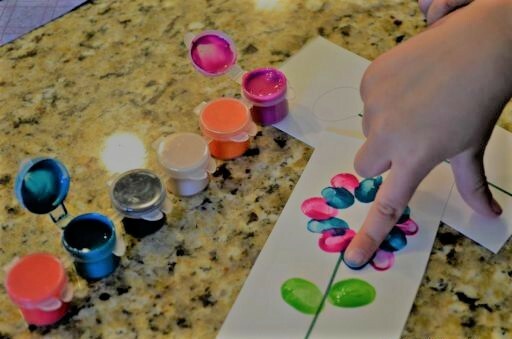
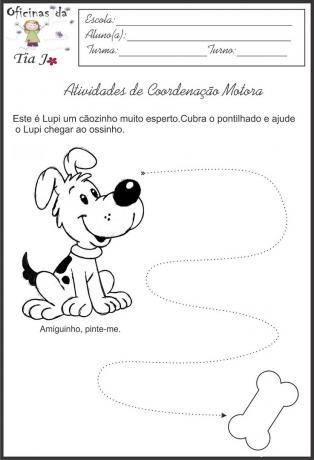
Legos is also a great form of interaction in fine coordination.
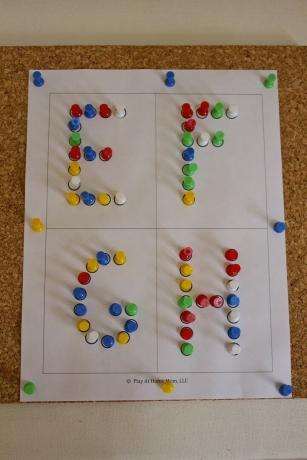
Gross Motor Coordination: This coordination comes into play when the larger muscles move, that is, when the child:
(1) Sit down;
(2) Run;
(3) Jump and climb stairs;
(4) Playing hopscotch;
(5) Use your feet and arms;
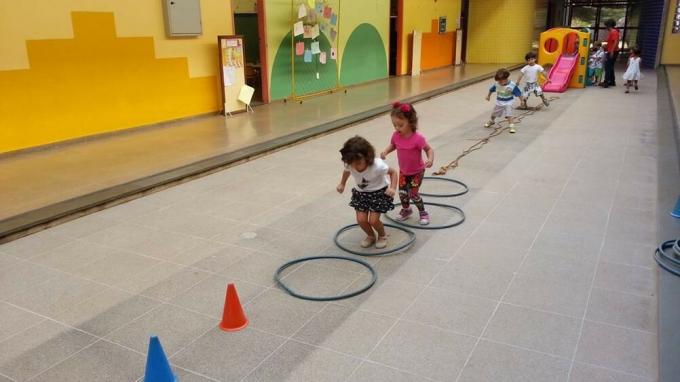
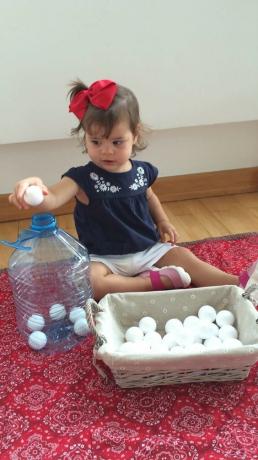
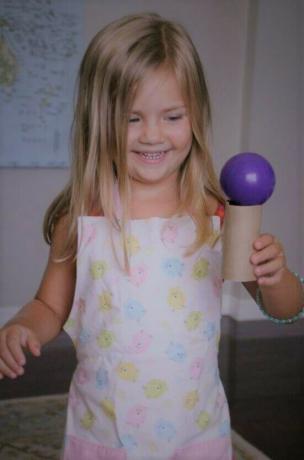
Both fine and gross motor skills need to be stimulated in early childhood.
It is always important to do these activities, especially the gross motor activity, in a wide and open space.
How to know that the child is within the standard of proper fine motor coordination?
This must be a question asked both by parents and by some pedagogues who are still going to be teachers.
If the child can paint within the allowed drawing, the child starts to develop this coordination, however, shy, as the literacy of the little ones increases, they will improve both fine coordination and thick.
Did you like it? Share this post on your social network
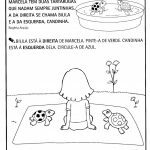 Play and Laterality Activities for Early Childhood Education
Play and Laterality Activities for Early Childhood Education
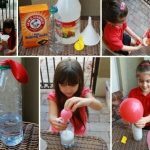 HOW TO WORK THE MOTOR COORDINATION
HOW TO WORK THE MOTOR COORDINATION
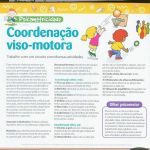 PSYCHOMOTOR ACTIVITIES FOR EARLY CHILDHOOD EDUCATION
PSYCHOMOTOR ACTIVITIES FOR EARLY CHILDHOOD EDUCATION
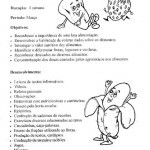 FOOD WEEK PROJECT
FOOD WEEK PROJECT
 2 CLASS PLAN SPACE NOTION EARLY CHILDHOOD EDUCATION
2 CLASS PLAN SPACE NOTION EARLY CHILDHOOD EDUCATION
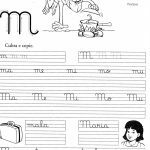 CALLIGRAPHY ACTIVITIES FOR PRINTING - ALPHABET
CALLIGRAPHY ACTIVITIES FOR PRINTING - ALPHABET
This site uses Akismet to reduce spam. Learn how your comment data is processed.

